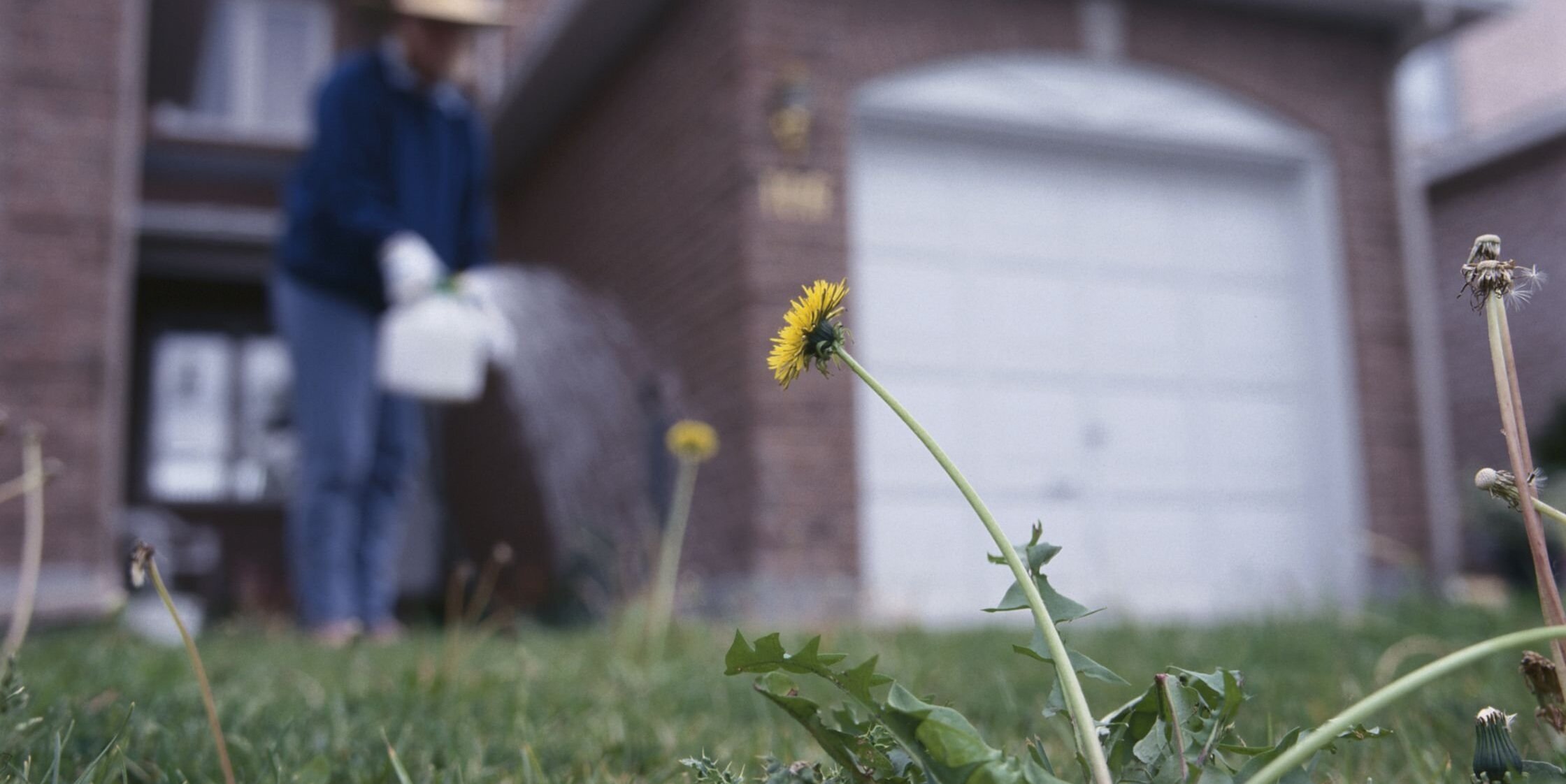The History of Pesticide Use in the UK: A Pollenize Perspective
Pollenize is widely recognised for advocating green practices and sustainable behaviours that foster a clean and healthy planet. This spring, alongside our seed planting and beekeeping initiatives, we have launched the Pesticide-Free Plymouth Campaign, aiming to inspire communities, businesses and decision makers to reconsider the use of chemicals in our urban environment.
Pesticides, substances designed to kill, repel, and control unwanted animals and plants considered to be “pests”, have unfortunately caused significant harm to the environment, wildlife, and human health. So, let's delve into the history of these controversial chemicals in the United Kingdom…
A Toxic Legacy for Silent Springs
The use of commercial pesticides in the UK dates back to the 1940s when synthetic pesticides like DDT (dichloro-diphenyl-trichloroethane) and organophosphates were introduced on a large scale in British agriculture. In fact, within a span of thirty years after the WW2 had concluded, more than 90% of cereal crops, vegetables, fruit trees, and bushes were undergoing pesticide treatment. The detrimental impact of organochlorine pesticides became evident in the 1960s when a substantial bird die-off occurred, leading to the establishment of the UK's Wildlife and Countryside Act in 1981. Rachel Carson's groundbreaking book, "Silent Spring," published in 1962, played a pivotal role in raising awareness about the environmental hazards associated with the indiscriminate use of pesticides, as well as the risks posed to human health. Carson's courageous stance against the chemical industry made her book one of the most influential works in the environmental movement, highlighting DDT’s severe harm to animals right up the food chain as well as the contamination of the global food supply. In the UK, DDT was eventually banned in 1984.
Neonicotinoids, a relatively newer class of insecticides developed as replacements for older ones, have been primarily used in agricultural settings to control pests such as aphids, beetles, and caterpillars. However, concerns about their impact on pollinators, particularly bees, have led to increased scrutiny and restrictions in recent years. Numerous studies have indicated a link between neonicotinoid use and negative effects on bee health and populations, prompting some countries, including the European Union, to impose restrictions on their usage. Following Brexit, there was public outrage after the UK approved the emergency use of the bee-killing pesticide thiamethoxam on sugar beet, as the EU ban on neonicotinoids no longer applied to the UK.
City Sprays: The Unseen Impact of Urban Pesticides
Pesticide use in urban areas also became widespread in the UK during the mid-20th century, targeting pests and weeds in public spaces like parks, gardens, and roadsides. While initially hailed as a significant breakthrough in pest control, concerns gradually arose regarding their impact on human health and the urban environment. In recent years, there has been a shift towards adopting sustainable and less toxic approaches to pest control, such as integrated pest management (IPM) techniques and the use of biopesticides. However, pesticides continue to be used throughout the UK by farmers, land managers and homeowners alike.
Glyphosate , has a long-standing history in the United Kingdom. Its introduction and regulation unfolded through multiple stages, initially being introduced as a commercial herbicide in the 1970s leading to it becoming the most widespread herbicide in the world, more commonly known as its original trade name Roundup.
Roundup’s popularity stemmed from its effectiveness in targeting a broad spectrum of weeds and its relatively lower environmental persistence compared to certain other herbicides. Today, glyphosate is the most common active ingredient in many herbicides and is utilised in numerous settings. However, glyphosate remains highly controversial due to its toxicity towards non-target organisms, including aquatic animals, amphibians, and insects.
The environmental impact of glyphosate varies based on factors like application rate, formulation, and proximity to sensitive habitats. Non-target plants are particularly vulnerable to glyphosate, as it acts as a non-selective herbicide, causing harm and even death when inadvertently sprayed or drifted onto desirable vegetation. This phenomenon negatively affects urban biodiversity by impacting a wide range of plants.
Spreading Hope, Not Poison
The Pesticide-Free Plymouth Campaign aligns perfectly with Pollenize’s forward-thinking approach, as we confront the ongoing ecological crisis. This campaign aims to benefit the future of Plymouth and, hopefully, extend its positive influence beyond. The application of pesticides poses serious risks to insects, animals aquatic life, ecosystems, and even water quality due to the harmful chemicals washing away during rainfall. Additionally, pesticide use poses significant hazards to human health, with exposure to these harmful chemicals directly linked to a range of serious illnesses such as respiratory issues and cancer. According to an article from Consumernotice.org the International Agency for Cancer Research, an arm of The World Health Agency, classifies glyphosate as a “probable human carcinogen.”
We firmly believe in the power of individuals to effect positive social change, and it all starts with raising public awareness, drawing inspiration and motivation from the success of Rachel Carson.
This campaign allows us to work together with you to protect our communities and shape a safer and brighter future for Plymouth. Your voices are essential in realising our vision of building a more sustainable city, one that’s greener, healthier and happier. Find out how you can get involved here and don’t forget to sign our petition urging the council to join over 40 others that have gone pesticide free.
Other sources
Title: The Historical Development of Pesticide Use in the UK: A Review, Author: A. M. Hart and C. M. Washington, Year: 2003, Journal: Crop Protection,Volume: 22,Issue: 6, Pages: 955-965
Title: Effects of pesticides on environment, Author: Mahmood, Isra, Sameen Ruqia Imadi, Kanwal Shazadi, Alvina Gul, and Khalid Rehman Hakeem.,Year: 2016, Journal: Plant and soil microbes,Volume: 1, Pages:253-269
Article title: The Story of Silent Spring, URL: https://www.nrdc.org/stories/story-silent-spring
https://www.rspb.org.uk/globalassets/downloads/pa-documents/pesticides_and_wildlife_rspb_report.pdf
https://environmentjournal.online/headlines/uk-approves-bee-killing-pesticide-despite-devastating-impacts
https://www.wildlifetrusts.org/news/government-allows-banned-pesticide
https://www.drugwatch.com/roundup/glyphosate/
https://www.drugwatch.com/roundup/
https://www.consumernotice.org/environmental/pesticides/roundup/safety/





